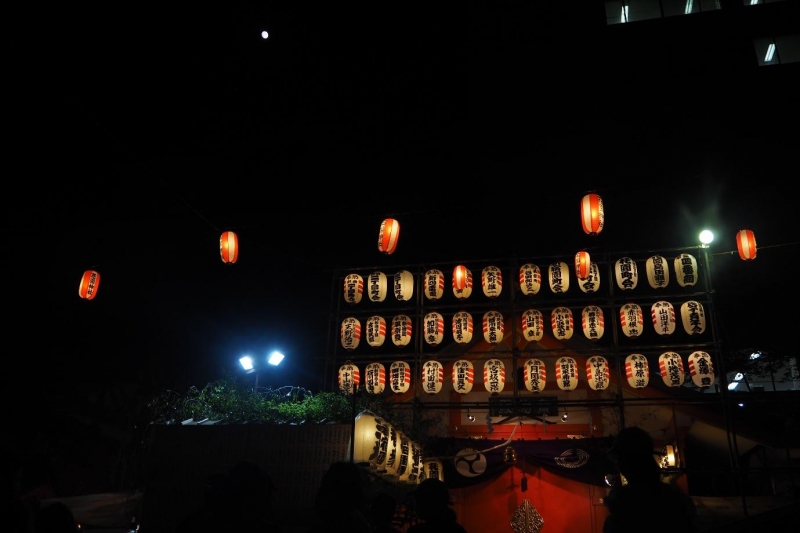
After my experience with Sanja Matsuri, I could not wait to relive the festivities at another festival, otherwise known as ‘matsuri’ in Japan.
I was in Japan in the summer after all – and festivals were the hallmark of this season. After a web search online, I chanced upon the Hanzono Shrine Grand Festival which was scheduled the weekend after Sanja Matsuri and made up my mind right there to make a trip with some friends.
Not to be confused with the Hanzono Shrine Otori Matsuri which happens in October every year, the Hanazono Shrine Grand Festival is the shrine’s main annual festival and falls on the weekend closest to May 28th. A highlight of the festival is the 1.5 tonne mikoshi (translation: a portable Shinto Shrine) which are carried ceremoniously around the neighbourhood.

Finding the shrine proved to be a little tough, as the festival was happening throughout the neighbourhood. We tried following the festival flags, and eventually chanced upon a few mikoshi along the way.
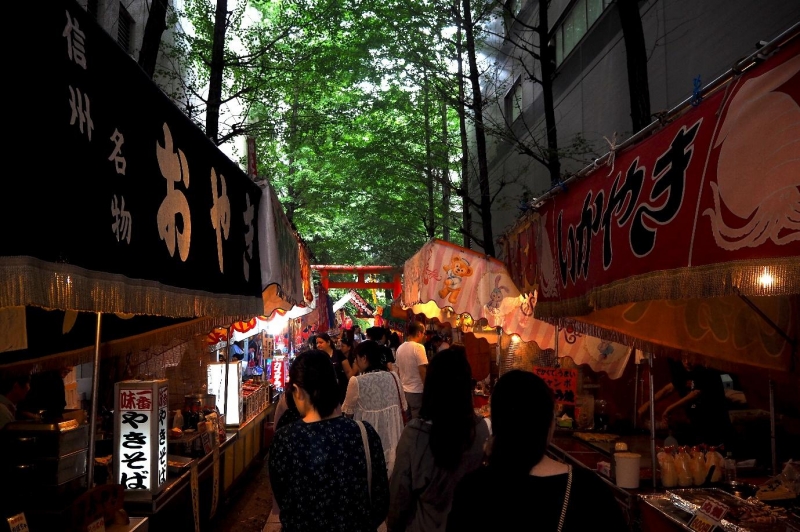
The actual festival, however, didn’t seem to be anywhere in our vicinity. We doubled back to the station and headed in the other direction, and soon found the entrance to Hanazono Shrine. It was a dim passageway sheltered by tall trees between two buildings, lined all the way in with yatai (translation: mobile food stalls in Japan).
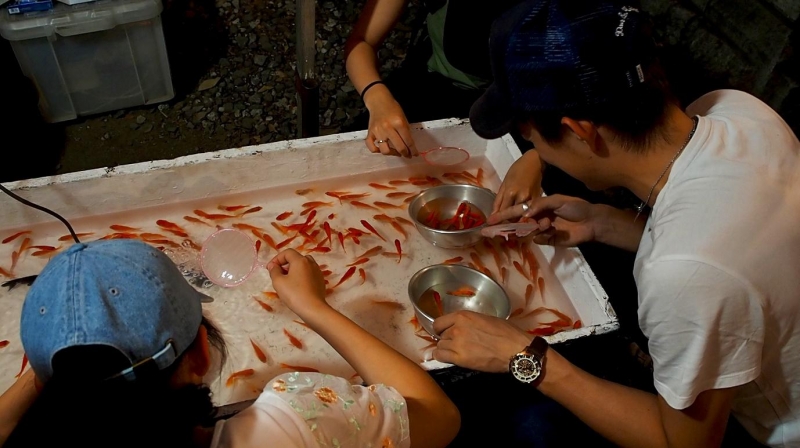
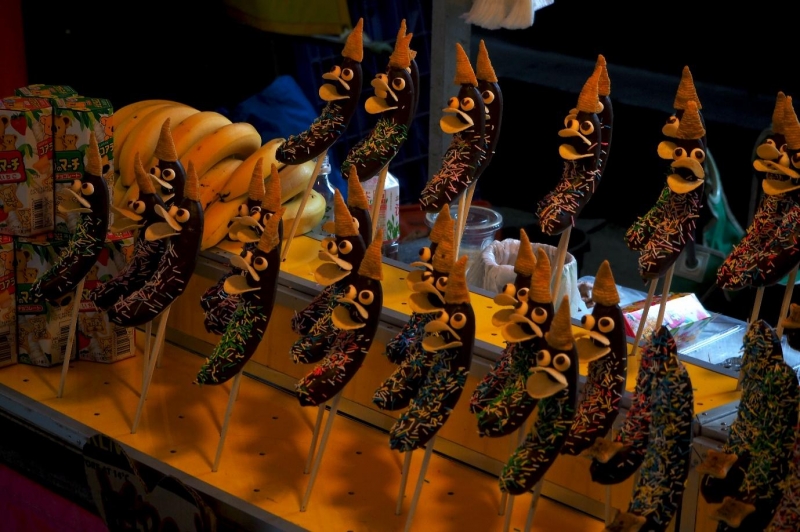
The passageway was rather narrow, which made walking through it all the more exciting as we passed store after the festival store of appetizing food and games. At the end of the passageway, the road opened up to the stairs leading up to the shrine.
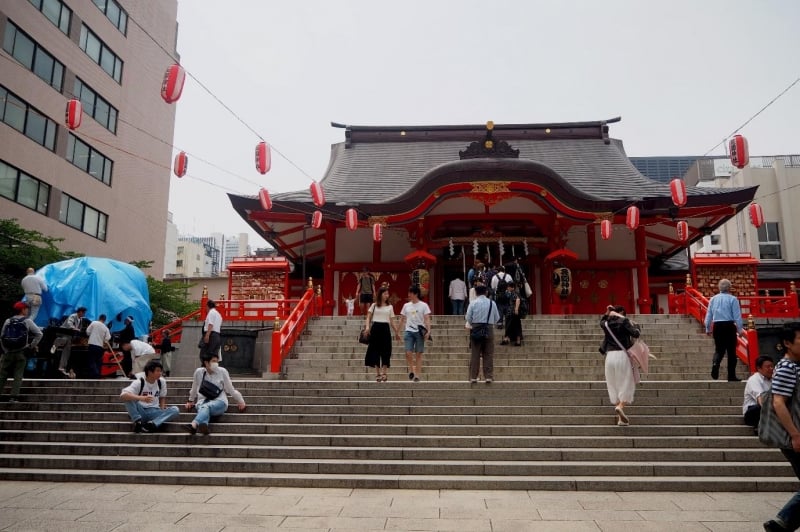
More festival stalls bordered the path across the steps, and the shade provided by the trees lent a rather laidback atmosphere that contrasted to that of Sanja Matsuri. I was also delighted to find a whole row of game stores in a neighbouring area – a rarity in Sanja Matsuri.
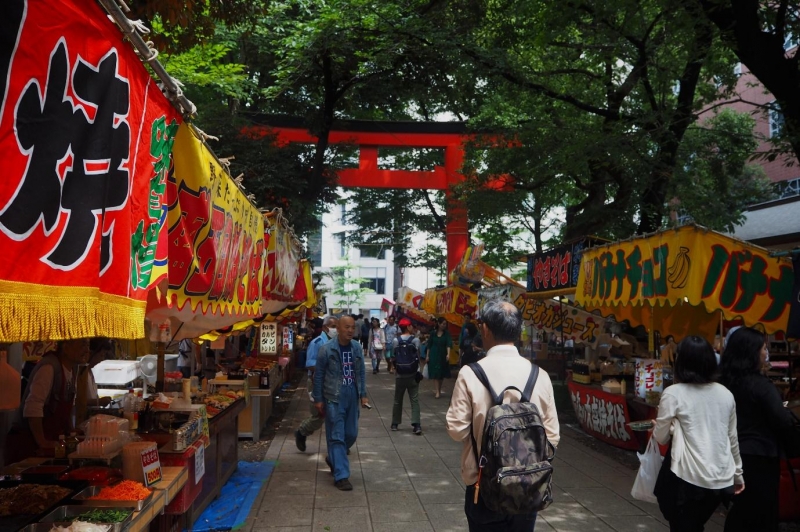
My friends and I had come in the late morning, and so had missed the procession earlier that morning when the mikoshi left the shrine. Determined to experience the festival to its fullest, I decided to head back to the festival the next evening to catch the mikoshi as they returned back to the shrine.
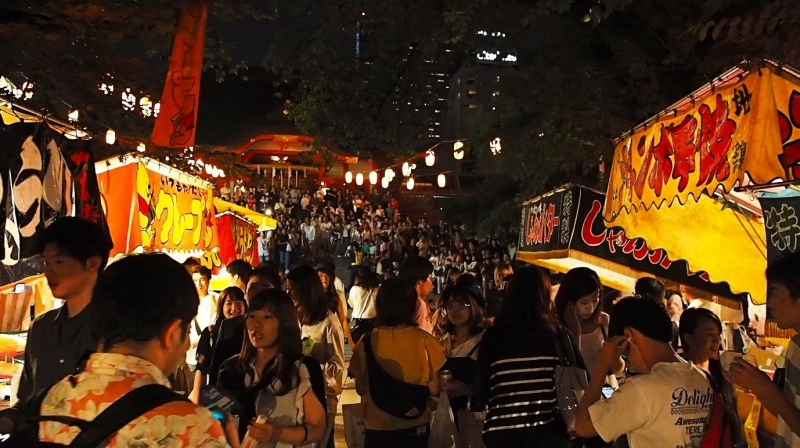
The sun had already set when I returned to the shrine the next day, and it was clear that the festival was far more crowded than it was the previous day. With the light of day gone, the bright yellow lights from the bustling yatai stalls exuded a festive glow – particularly at night. I made my way through the steps of the shrine and found a crowd had gathered there, eagerly awaiting the return of the mikoshi. I found a spot for myself on the steps and waited with the crowd.
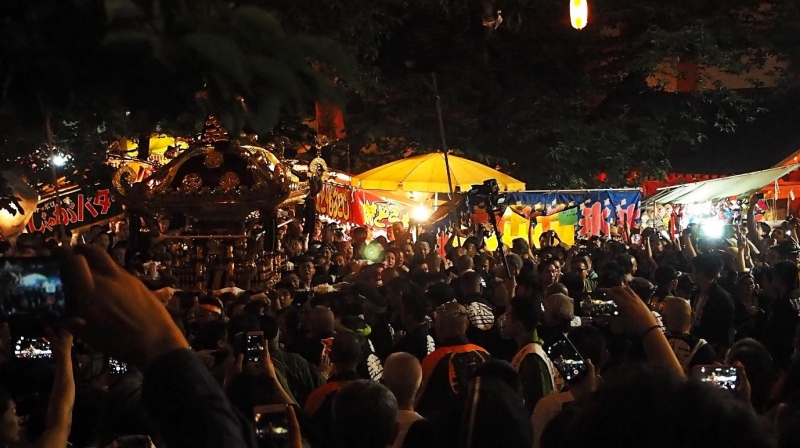
Soon enough, musicians at a stage to the side started to play their instruments, and after a small of prossession of priests had made their way to the shrine, the first mikoshi came through the yatai with much shouting and fanfare. The mikoshi inched slowly toward the shrine with the collective help of several men encircling it. Long sticks were used to push aside low-hanging branches obstructing the mikoshi’s path, while police officers were shouting for the crowd to make way for the shrine through megaphones.
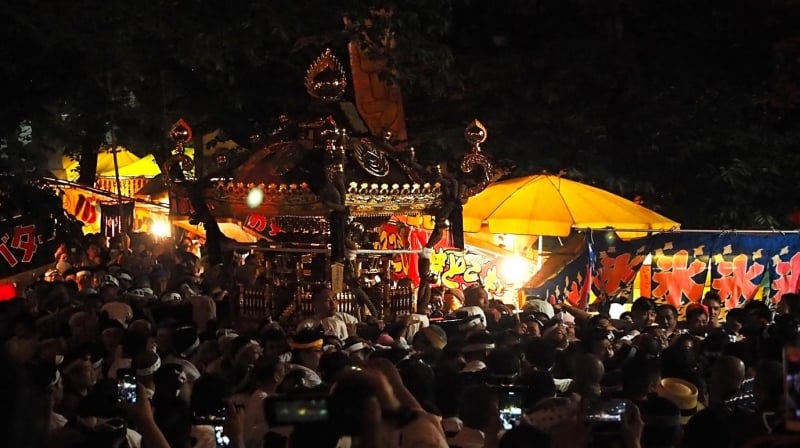
When the mikoshi finally made its way to the foot of the shrine, the event culminated with the sanbon-jime, lively sets of clapping that celebrated the end of the procession. With the that, the mikoshi were moved to the side to allow the crowd to disperse.
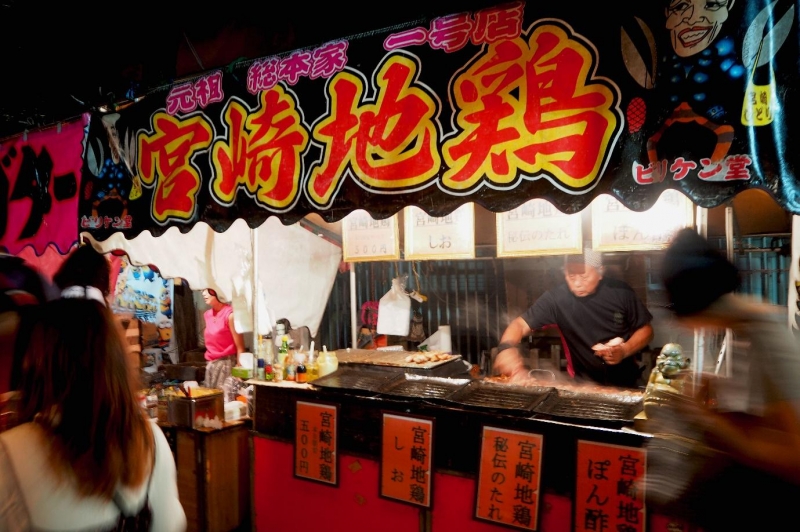
The festivities weren’t all over though, as the yatai were showing no signs of closing for the night just yet. Grabbing some food from the stalls, I spent the night taking in the festival as I tucked into my food.
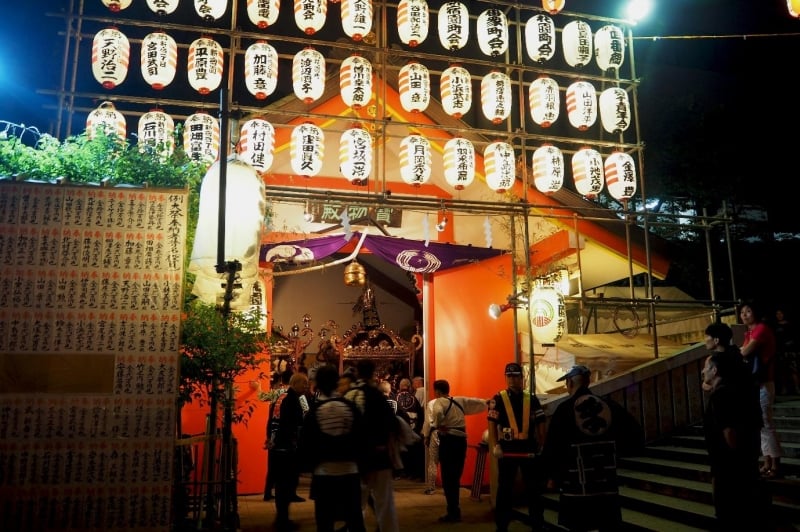
If you’re in Japan during the summer, heading out to a festival gives you a taster of Japan’s strong cultural heritage that still has a place in Japan, in spite of all its modernity. Festivals can be enjoyed by both locals and foreigners alike, and gives you a breath of fresh air among cookie-cutter travel itineraries and tourist attractions.




